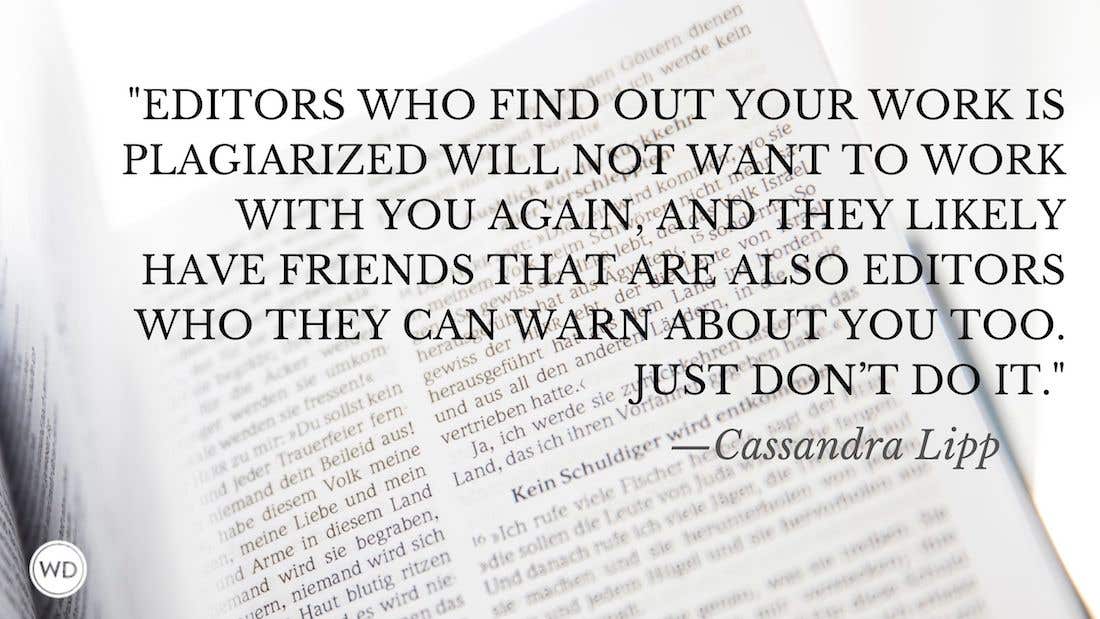Some Thoughts on Poetry Revision
When is a poem “finished?” How many drafts does it take? Here poet Jeffrey Hillard shares some thoughts on the revision process.
Revision is an art and can be more creative than writing the first draft of a poem. As poet Kim Addonizio suggests, it''s a "re-visioning of the poem''s potential and strategies it has used so far." A highly sensitive act, it can be the difference between creating a self-satisfying weak poem and a much-tweaked enthralling poem.
There is no "how-to" to a perfect revision—only the constant exploration of what the poem can be. However, there are useful ways to consider the task.
Think of the first draft as a "feeler draft": You''re feeling your way toward what the poem might want to be. Let the poem take you where it wants to go. It may require three drafts or ten. If the poem is simply too daunting after numerous drafts, put it away. (I discourage totally throwing it away; you may be able to salvage several lines for another poem.) Come back to the poem after six months and try again.
The last thing on your mind should be "cutting" (get-rid-of-poor-grammar) revision. If you adopt a pro-active attitude, you''ll be in an "exploratory" mode, which is what writing poetry is about. Exploration. Discovery. This is a different approach from resigning yourself to cutting away words in the poem. The process should be about patiently exploring combinations of language and playing with certain elements of poetry (metaphor, imagery, form, etc.) as the poem calls for them.
The poet Elizabeth Bishop worked tirelessly at revising and left various notes on the ways she revised. In one poem, she considered several different approaches to "arriving at the true poem" (in this case, the truest line possible). Notice her sequence of revisions in just one part of her poem:
At low tide like
this how sheer the water is.
At low tide
like this
how sheer
the water is.
At low tide like this how sheer
the water is.
At low tide like this how sheer the water is.
What worked best for her? The last example is the actual line from her poem. Why? She didn''t explain except to note the "feel" of that long, almost elastic single line coincided with the mood of the speaker in the poem. Those words needed breadth, perhaps, as in a deep inhalation and then exhalation on the reader''s part.
It''s hard to know when the poem is absolutely right; there''s always the danger of editing a poem too much. Deciding when a poem is "right" is a subjective call only you can make. Read it aloud numerous times, send it around to friends, listen to feedback from a writing group, and attend as much as possible to what the poem wants to express. After a set period (perhaps six weeks to six months), consider the poem finished—at least for the moment.
The only so-called rule for realizing a poem''s readiness may be the notion that the poem provides a truthful satisfaction to the writer: You''re satisfied with the real work you''ve put into the whole process of exploring the poem.
Each edition of Poet''s Market includes advice, interviews, and helpful information about writing and marketing poetry—not to mention over 1,800 publishing opportunities.









